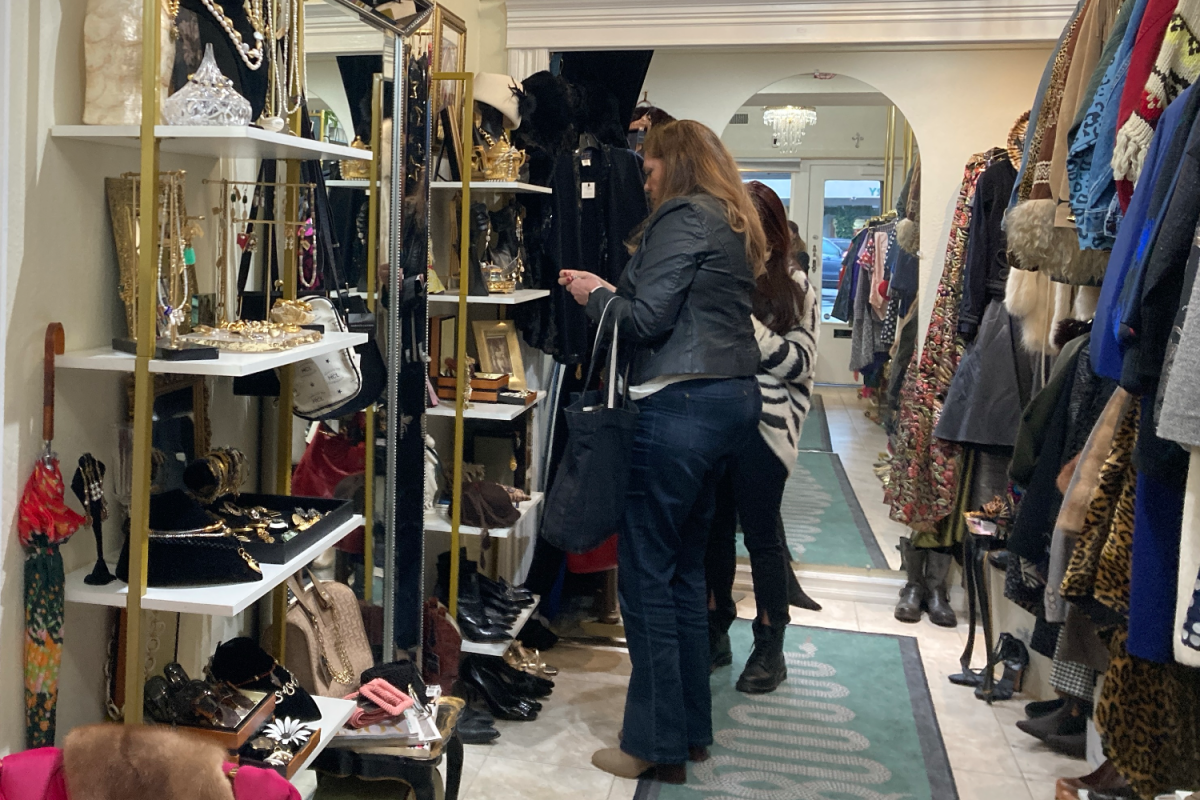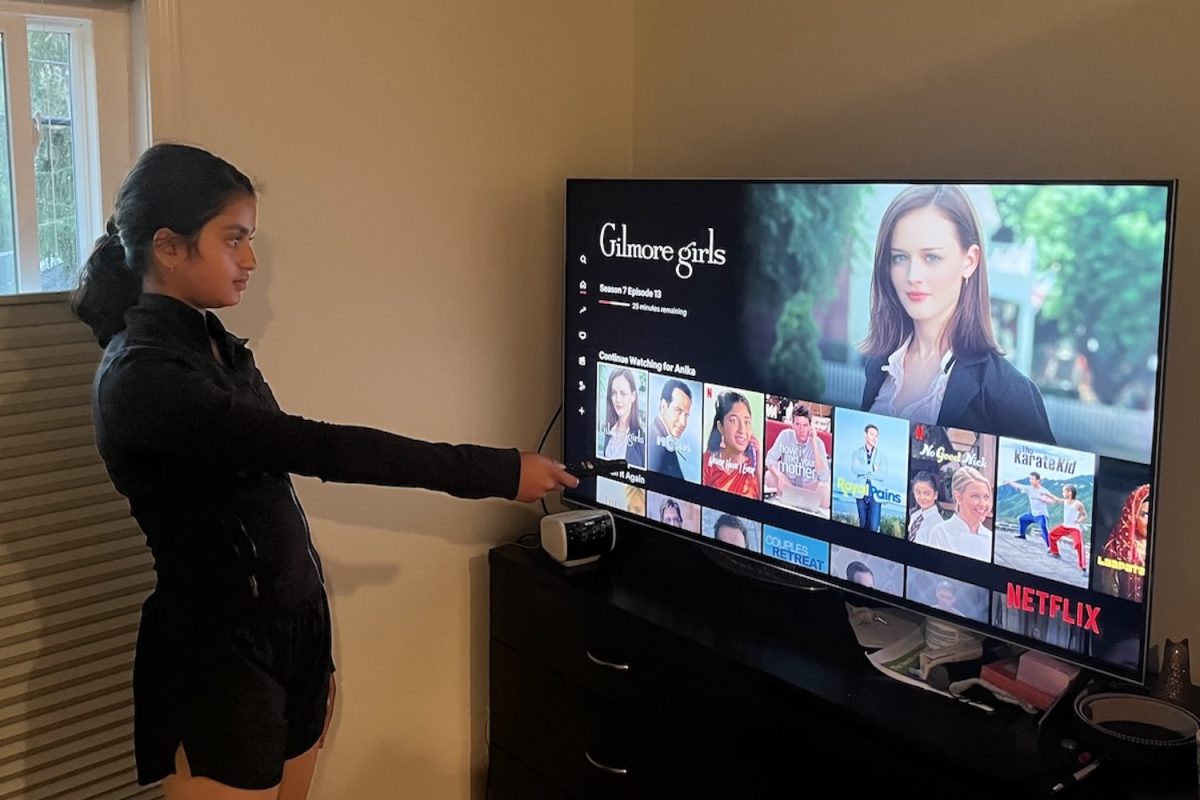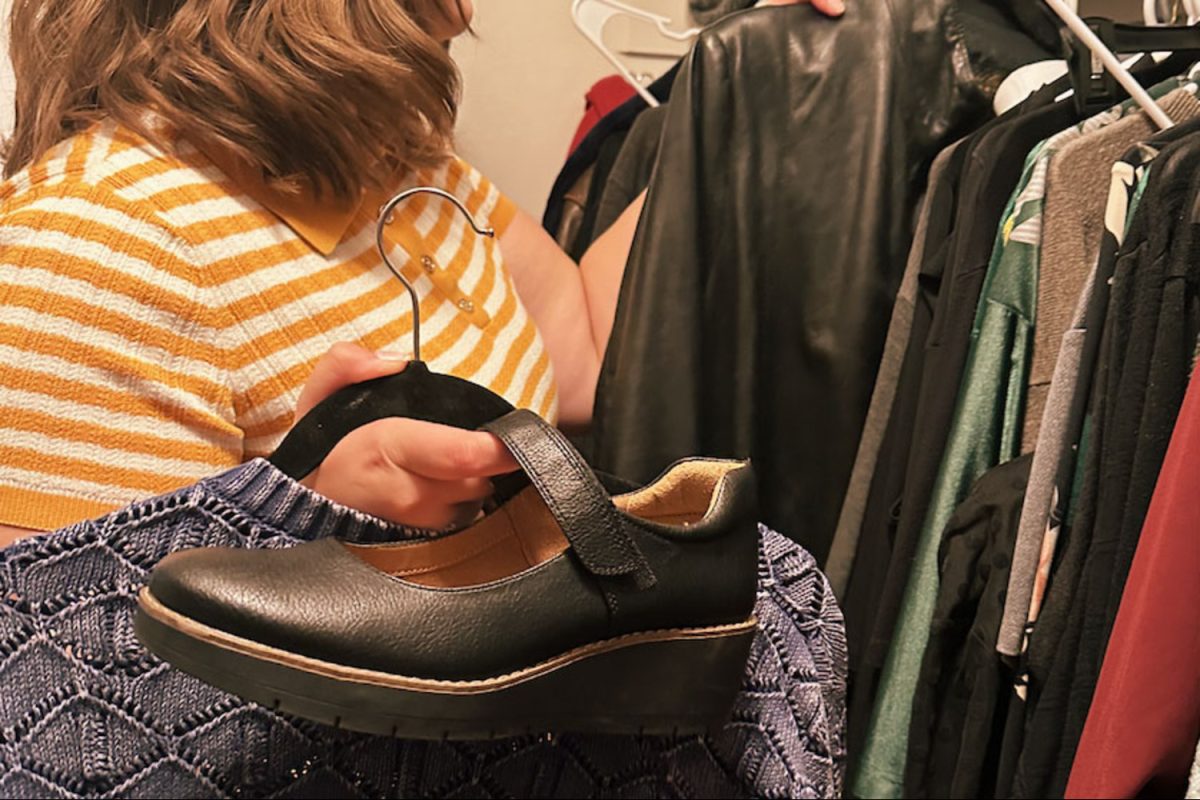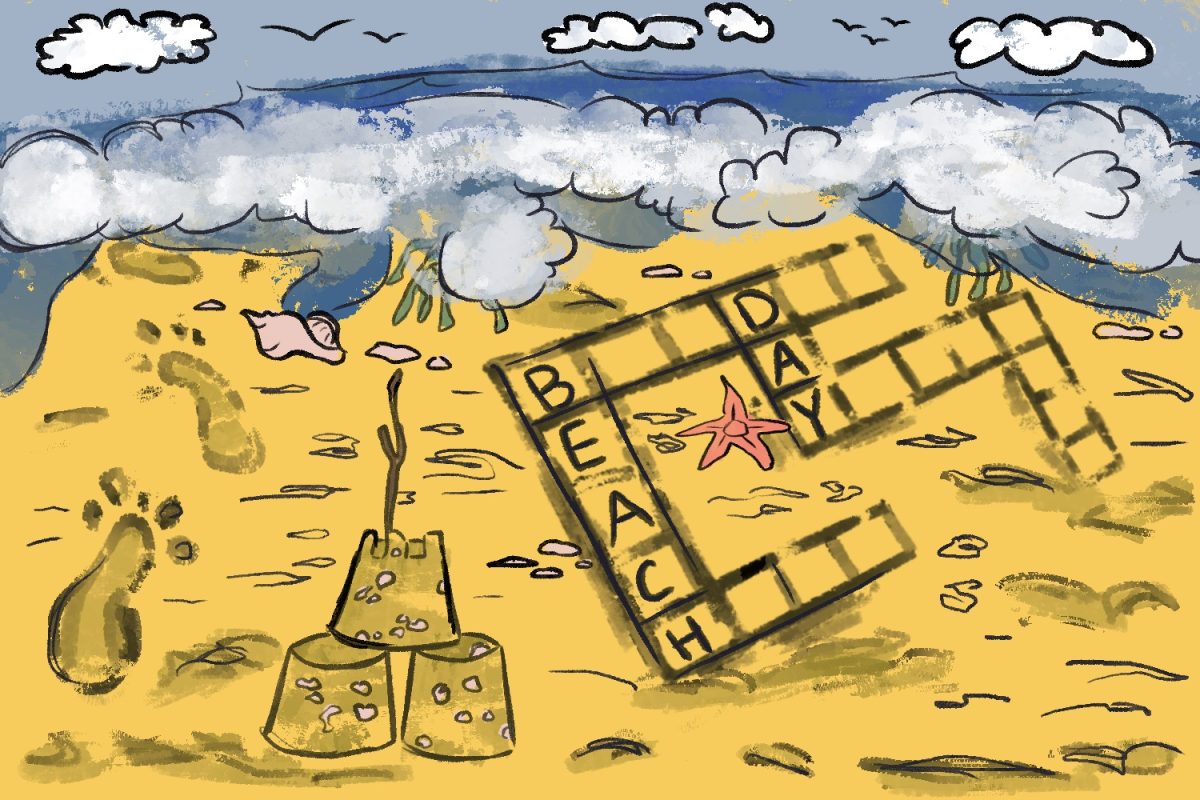The COVID-19 pandemic is remembered as a time of lengthy quarantines that caused the closures of many small businesses. However, according to the U.S. Census Bureau, nearly 5.4 million businesses were formed in 2021, a 22.7% increase from the previous year.
Beginning in 2020, the establishment of new businesses skyrocketed, and throughout the end of the COVID-19 pandemic, small businesses saturated the online market, according to the Bureau of Labor Statistics. While some of these start-ups remained online or were ultimately unsuccessful, others opened physical stores.
One of these businesses was Sainted Goods Boutique, which is located in Carlmont Village Shopping Center and opened in December 2021. The store did not begin as an online store, and thus, it felt the impacts of the COVID-19 pandemic when it opened its doors to the public.
“Since the pandemic, people are a bit more reserved and cautious with how they are spending their money because we’ve seen that anything can happen,” said Noelle Galvez, one of the co-owners of Sainted Goods.
Inside the boutique are vintage, designer, and handmade goods, which Galvez describes as “little treasures,” giving the small store a unique and elegant ambiance.
Although the clothes and accessories that Sainted Goods sells are primarily made artisanally, they are also items that are not seen as necessities, which presented an obstacle during and after the pandemic, according to Galvez.
“People minimized what they would spend on. We’re a business that mainly sells decorative goods and trinkets, which is what many people are trying to cut down spending on,” Galvez said.
Sainted Goods is not alone in this struggle. Nonstore retail, some of which sell artistic trinkets and oddities, was responsible for the majority of the surge in new businesses, according to a working paper by economist John C. Haltiwanger that was published by the National Bureau of Economic Research.
One of the reasons behind the creation of small businesses during the pandemic, especially those focused on artistic or handmade goods, was the spare time people had while in quarantine.
“People got creative, and they found a way to make money from something that they learned during the pandemic,” Galvez said.
Outside boredom and a need for greater financial stability, the pandemic created a unique set of circumstances that nurtured the wave of new businesses.
According to the Harvard Business Review, household wealth swelled during the pandemic, and available technology allowed workers to market and provide their services online. Both of these reasons set the stage for Americans to take new entrepreneurial risks.
In addition, the economic situation caused by the COVID-19 pandemic encouraged personal and professional investment in new businesses.
“Interest rates were low, and money was inexpensive to borrow. There were not only a lot of regular people, but also venture capitalists, people who help others start businesses by investing in them, interested in investing in these new companies,” said John Rowe, an Introduction to Business teacher at Carlmont.
Furthermore, according to the New York Times, White House officials believe that President Joe Biden’s $1.9 trillion American Rescue Plan also contributed to the rise of new businesses.
“We’ve long believed that measures in the Rescue Plan helped create a supportive backdrop for entrepreneurs, especially small and minority-owned businesses,” said the Chair of the Council of Economic Advisers for President Biden, Jared Bernstein, according to the New York Times.
Ultimately, while many businesses formed during the COVID-19 pandemic for various economic and personal reasons, there are some that continue to flourish and serve their communities.
“We’ve met so many great people and clients that have turned into friends, and we have had a lot of support from our community and from the customers that have been shopping with us,” Galvez said.












